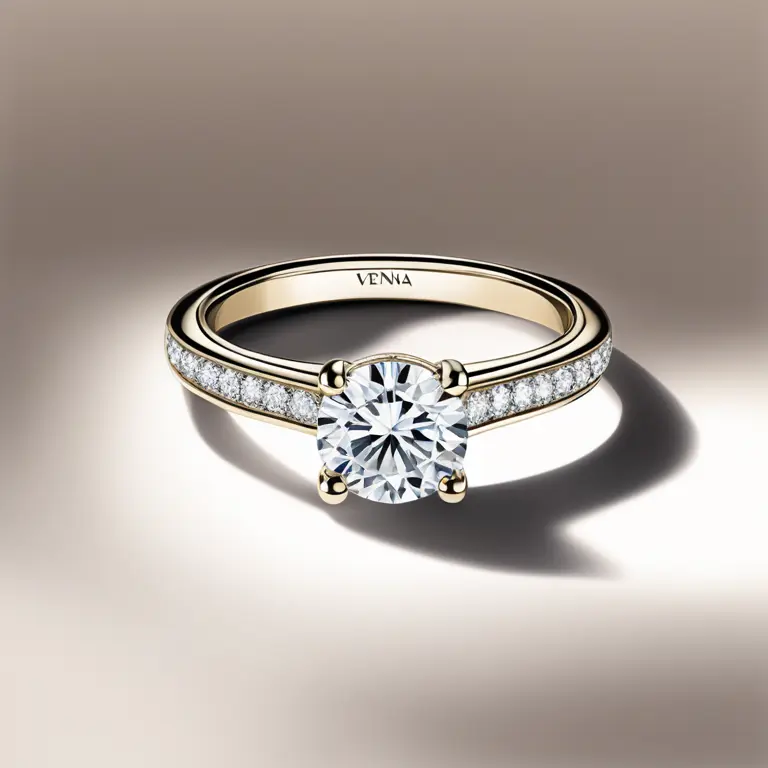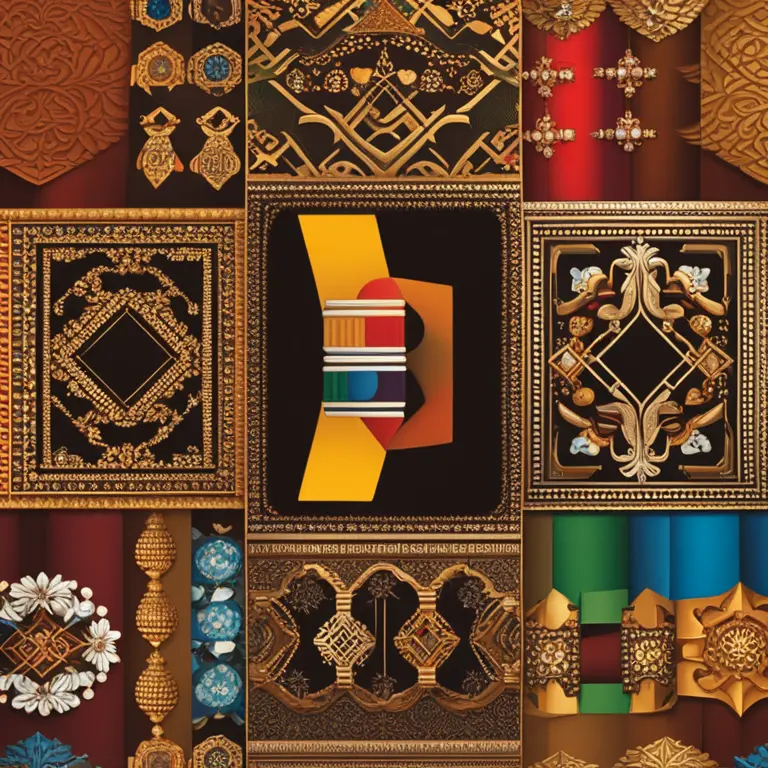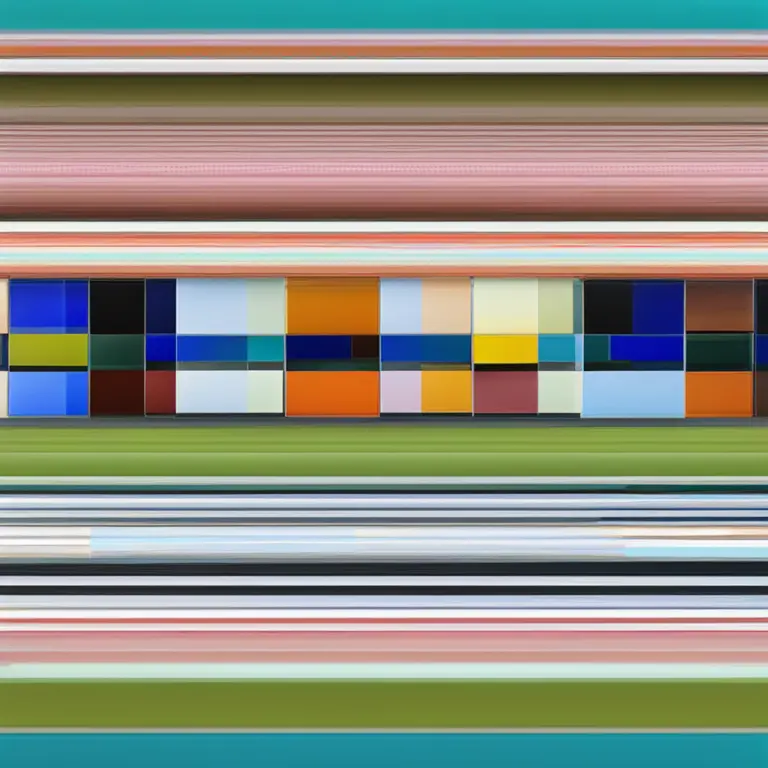
The Ideal Hand and Finger for Engagement Rings
Explore the traditions and considerations for choosing the right hand and finger to don your engagement ring.
article by Nora Pennington
Engagement Ring Basics
When it comes to engagements, one of the most enduring symbols of commitment is the engagement ring. This tradition dates back centuries, with numerous cultures adopting this practice to signify a pledge of love and intention to marry. Over time, both the understanding and the customs around which hand and finger to wear an engagement ring on have evolved. In most Western cultures, the ring is commonly worn on the left hand's fourth finger, often referred to as the "ring finger." This tradition stems from the ancient belief that a vein in this finger, the "vena amoris," runs directly to the heart. However, while this belief has been medically debunked, the custom persists strongly in many societies.

Variations Across Cultures
Different cultures and countries have varying practices for engagement rings. For instance, in some Eastern European and South American countries, the engagement ring is worn on the right hand. This often changes to the left hand after the wedding ceremony. The difference in hand preference is usually influenced by local customs, religious practices, and historical context. As global traditions merge with the passage of time, it's not uncommon to see individuals adopting a mix of cultural practices based on personal or familial significance.

Modern Considerations in 2024
In the contemporary era, choosing the hand and finger for an engagement ring can also reflect personal preference or professional considerations. For those who are left-handed, wearing a ring on the right hand might be more comfortable and practical. Similarly, some individuals find that their profession or day-to-day activities can impact their choice. With an increasing focus on individualism and self-expression, the "correct" hand and finger for an engagement ring is becoming more about what feels right for the person wearing it, rather than strict adherence to tradition.

Ring Finger Significance
Despite evolving traditions, the ring finger of the left hand continues to be the most common choice for engagement and wedding rings in many Western cultures. Its association with the heart has given it a romantic connotation, making it a meaningful location for symbols of love like engagement rings. Furthermore, since it is often less used compared to other fingers, it may be subjected to less wear, thereby protecting the ring. Even as customs change, the symbolism of the ring finger maintains its romantic allure and significance for many couples.
Choosing the Right Finger
When it comes to deciding which finger to wear an engagement ring on, there is no one-size-fits-all answer. Anatomy can play a role; for some, the ring finger may not be the most comfortable choice due to size variations or physical conditions. For those who opt for a more unorthodox route, rings can be worn on different fingers, with each choice imbued with its symbolism or simply based on personal style. Ultimately, the choice should reflect the wearer's preference and the significance that they and their partner place on the ring itself.
Future Trends
As we look to the future, the customs surrounding engagement rings are likely to continue evolving. Social progress and the blending of cultural norms promise a diversity of practices when it comes to choosing the "right" hand and finger. The growing emphasis on individuality and personal narrative in jewelry means that, while traditional customs will always have their place, individual choices will become increasingly celebrated and accepted. Whatever the future holds, the commitment the engagement ring symbolizes remains its most important aspect.
Published: 1/11/2024
Modified: 1/12/2024
More predictions
Come back here soon to learn more about yourself and your future


Can We Trust Palmistry?
Delving into the realm of palmistry, this article examines its credibility and place in contemporary spiritual practices.


Can Palmistry Foresee One’s Demise?
Delve into the contentious debate about whether palmistry can predict the end of life and the ethical considerations of such a claim.


The Ancient Art of Vedic Palmistry
Discover the ancient art of Vedic Palmistry and its practice in the modern era, revealing the secrets held within the lines of the hand.